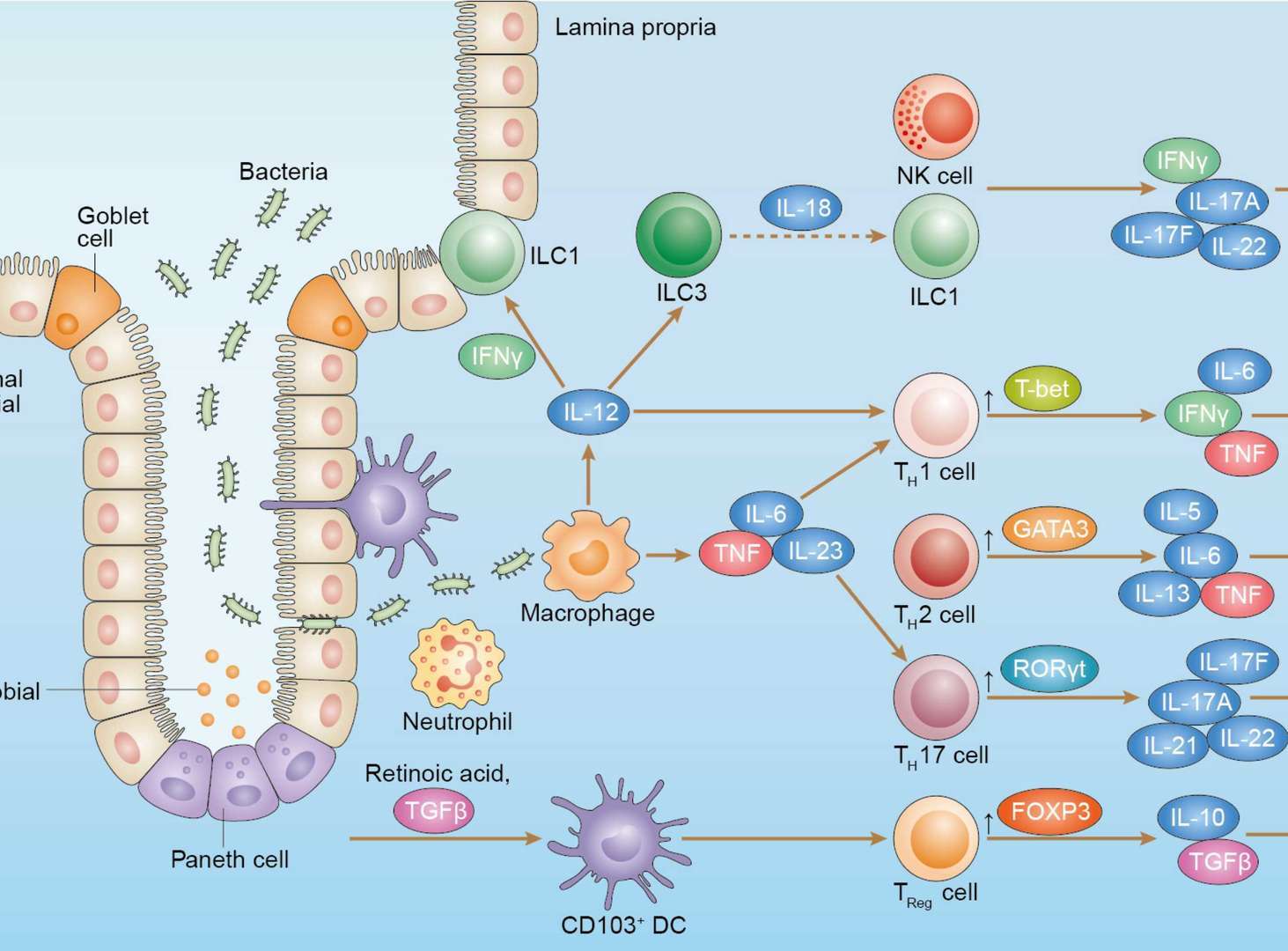 Loading...
Loading...

IL17A
Anti-IL17A Recombinant Antibody Products
- AbPlus™ Anti-IL17A Magnetic Beads (41809) (VS-0424-XY147)
-
- Target: IL17A
- Target Species: Human
- Application: IP, Protein Purification
-
- Target: IL-17A
- Species Reactivity: Human
- Cytokine 1: IL22
- Host: Human
- Cytokine 1 Species: Mouse
- Molecule Class: IgG-IL22
-
- Species Reactivity: Human
- Type: Mouse IgG1, kappa
- Application: FC
Can't find the products you're looking for? Try to filter in the left sidebar.Filter By Tag
Our customer service representatives are available 24 hours a day, from Monday to Sunday. Contact Us
For Research Use Only. Not For Clinical Use.
Cancer-related genes, FDA approved drug targets, Plasma proteins
Secreted
Cell type enriched (T-cells)
Not detected in immune cells
Group enriched (Karpas-707, U-266/84)
Homodimer (PubMed:19835883). Forms complexes with IL17RA and IL17RC receptors with 2:1 binding stoichiometry: two receptor chains for one interleukin molecule (PubMed:32187518). IL17A homodimer preferentially drives the formation of IL17RA-IL17RC heterodimeric receptor complex (PubMed:32187518). IL17A homodimer adopts an asymmetrical ternary structure with one IL17RA molecule, allowing for high affinity interactions of one IL17A monomer with one IL17RA molecule (via D1 and D2 domains), while disfavoring binding of a second IL17RA molecule on the other IL17A monomer (PubMed:23695682). Heterodimer with IL17F (PubMed:17355969). IL17A-IL17F forms complexes with IL17RA-IL17RC, but with lower affinity when compared to IL17A homodimer (PubMed:32187518). IL17RA and IL17RC chains cannot distinguish between IL17A and IL17F molecules, potentially enabling the formation of topologically distinct complexes (PubMed:17355969, PubMed:28827714).
Cytokine

 Inflammatory Bowel Diseases
Inflammatory Bowel Diseases